According to the World Bank, about 15% of the world’s population live with some form of disability – 285 million are visually impaired and 466 million are deaf or hard of hearing. But in spite of these varying needs, there is often a one-size-fits-all approach to designing the world around us.
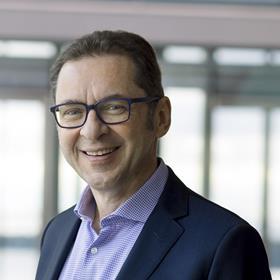
The property industry is certainly not immune to this; it is why not every building has a wheelchair ramp or step-free access.
Part of the problem is the lack of diverse voices in the business world in general. There is also the fact that businesses can be reluctant to give away their intellectual property; and there is a worry that inviting more people into the design phase of any project will give away a competitive advantage. However, this leads to products that do not meet the mark.
So, how can we begin to fix this? The best place to start is by collaborating with people who have first-hand experience of difficult design. That is why KONE, an elevator and escalator business, is developing a new tech solution designed to enable wheelchair users to navigate modern buildings more easily by connecting elevators and wheelchairs.
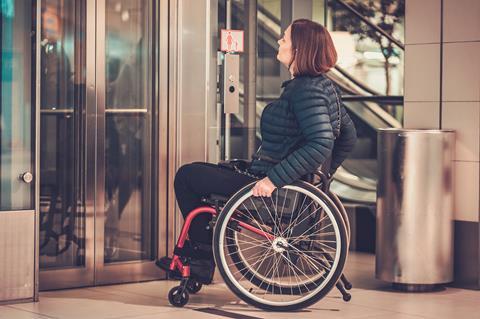
With our connected KONE DX class elevators, we are able to connect almost anything with it. Adding this prototype to our portfolio is an example of how technology will increase accessibility in buildings and cities. Development of this prototype is under way with Leo-Pekka Tähti, a five-time Paralympic gold-medal-winning sprinter and the fastest man in a wheelchair, providing design consultancy.
The first step to building accessible cities and real estate is acknowledging there is a challenge to overcome, and we invite more real estate and tech businesses to co-create together with us to solve it.
Maciej Kranz is chief technology officer at KONE

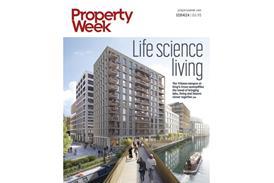
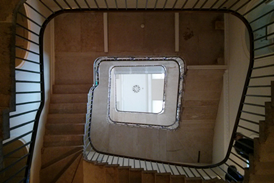





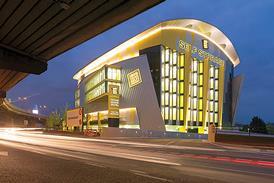
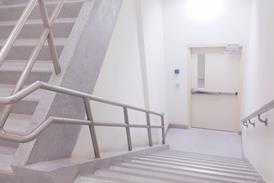

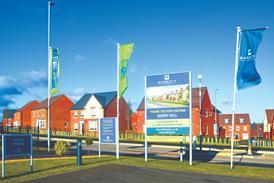

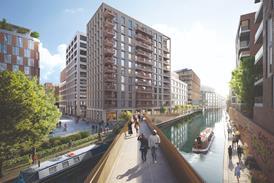
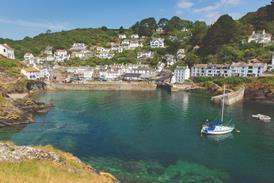
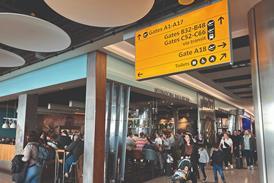
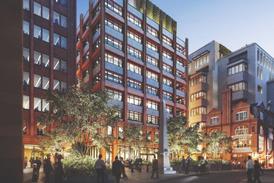


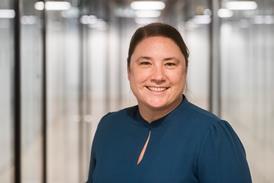
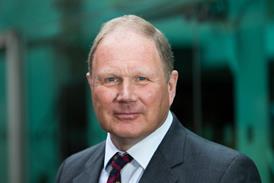
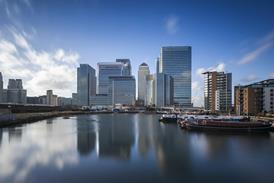
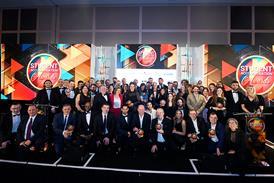
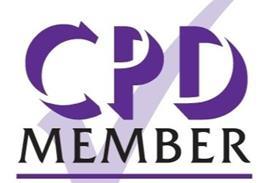

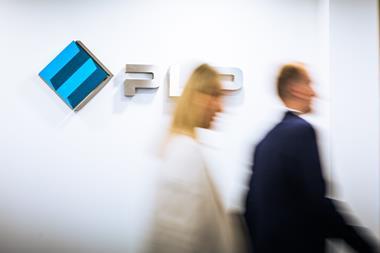
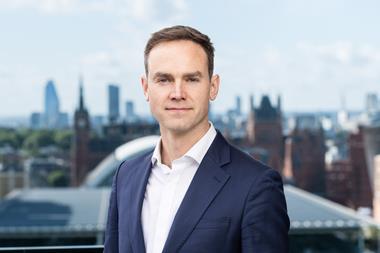
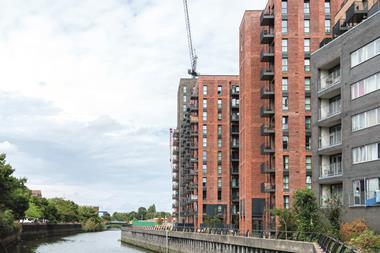

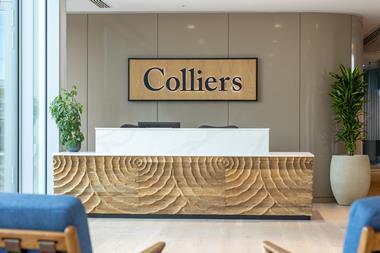
No comments yet